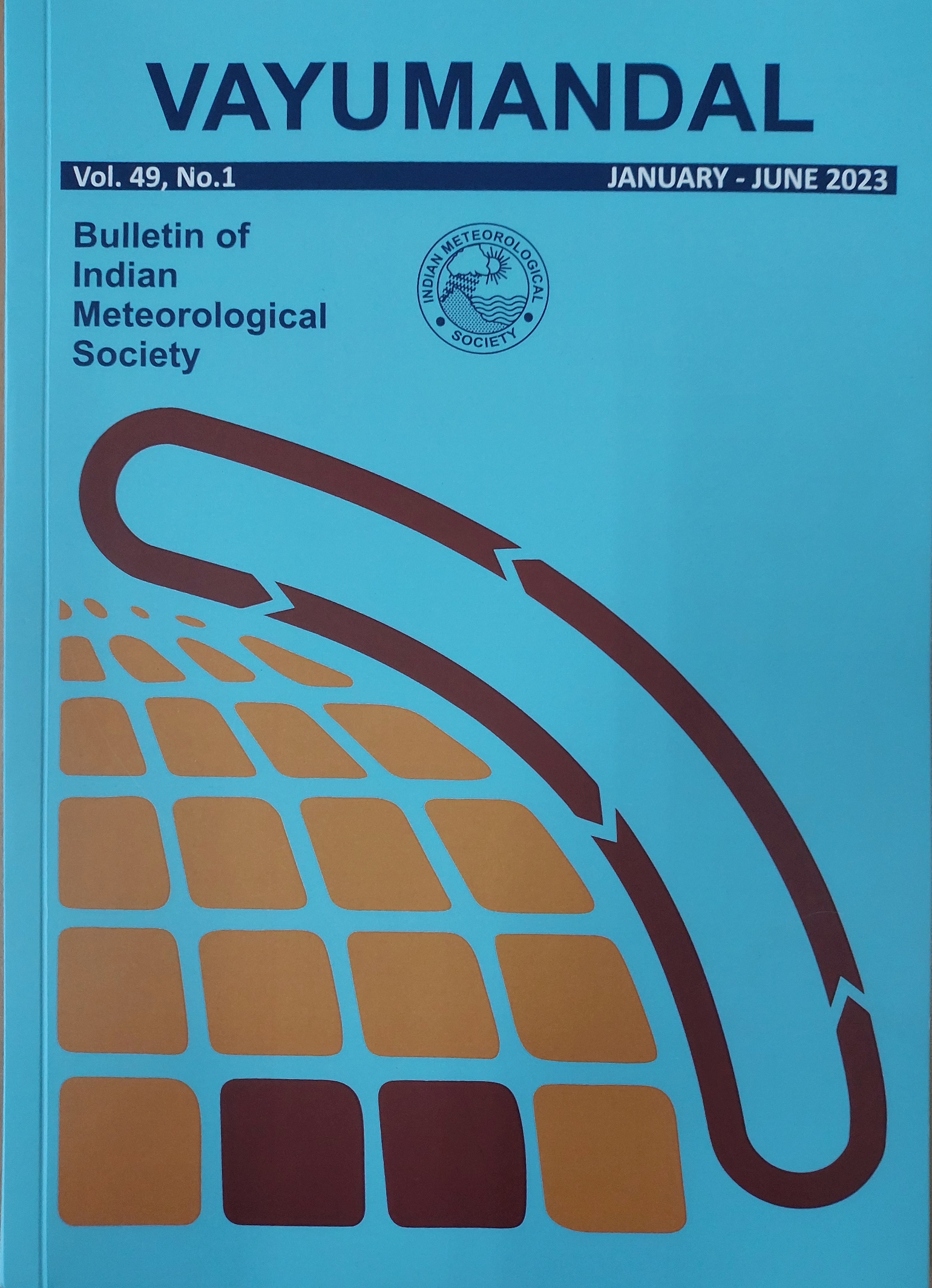The 205 MHz ST Radar at Cochin: A National facility to probe the Tropical Atmosphere and Ionosphere
Abstract
The stratosphere–troposphere (ST) Radar at Cochin is the World’s first atmospheric wind profiler radar operating at 205 MHz range is an active phased array radar to study the near equatorial atmospheric processes. This wind profiler radar commissioned at Advanced Centre for Atmospheric Radar Research (ACARR), Cochin University of Science and Technology (CUSAT) is designed, developed, and installed indigenously, and hence became the part of the prestigious “Make in India Program” of the Government of India. This project is funded by the Department of Science and Technology, Science Engineering Research Board (SERB) under the Intensification of Research in High Priority Area (IRHPA) scheme of Government of India. The 205 MHz ST radar framework at Cochin is a clear-air active phased array wind profiler radar (WPR) using electronic beam steering of 0-30° off –zenith and 0-360° along azimuth in steps of 1° intervals. The wind profiler uses the Doppler Beam Swinging (DBS) method to analyse the backscattered signals for calculating the Doppler shifts at different heights ranging from 315 m to 20 km in the atmosphere. The turbulence results from refractive index fluctuations due to variations in different atmospheric parameters like temperature, humidity, electron density, etc. The 205 MHz ST radar at Cochin consists of 619 Yagi-Uda antennas arranged in a circular aperture with a diameter of about 27 m. The main advantage of this Radar site is its geographical location, which enables to understand the dynamics of the tropical atmosphere and equatorial ionosphere. In addition, ST Radar operating at 205 MHz has got several advantages over conventional wind profiler radars operating at a lower frequency range of about 40-60 MHz and at higher frequency range of 400 MHz to 1GHz. The 205 MHz ST radars are less affected by cosmic noise and hence the accuracy is better. Unlike the UHF radar in which signals saturates in rainy conditions, the 205 MHz. radar does not. Hence ST radars operating at 205 MHz. is considered as a better trade-off between the 50 and 400 MHz radars in terms of galactic noise, cost effectiveness, physical size of antenna, better vertical resolution, and height coverage, especially over the tropics, where tropopause height is around 15 km. The 205 MHz ST Radar provides high resolution wind information from 315 m to 20 km in all weather conditions, which enables better understanding of the dynamics and physics of the atmosphere and weather systems. Another added advantage of this radar is its capability of exploring space weather activities, ionospheric disturbances, tracking of celestial bodies in the radar vicinity and Radio Astronomical studies. This article describes the technical details, salient features, and application potential of 205 MHz. ST radar at ACARR, CUSAT.
Copyright (c) 2023 Vayumandal

This work is licensed under a Creative Commons Attribution-NonCommercial 4.0 International License.
All articles published by VAYUMANDAL are licensed under the Creative Commons Attribution 4.0 International License. This permits anyone.
Anyone is free:
- To Share - to copy, distribute and transmit the work
- To Remix - to adapt the work.
Under the following conditions:
- Share - copy and redistribute the material in any medium or format
- Adapt - remix, transform, and build upon the material for any purpose, even
commercially.


